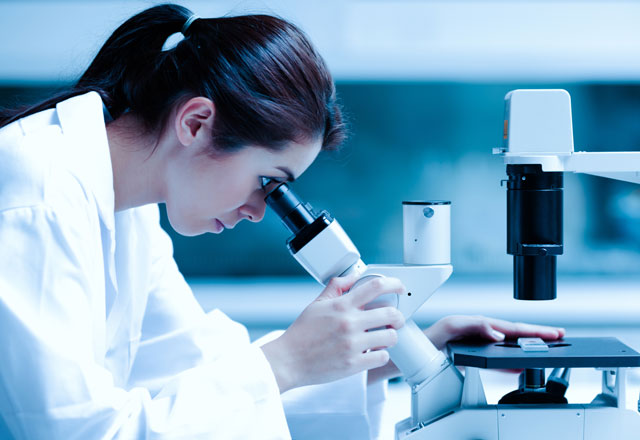Tech
Lab Research That You Haven’t Heard About

Sure, we have heard about laboratory research. We may have specific images that come to mind when we think of the words lab research. But unless we work in the field, we probably haven’t given any thought to the important steps and aspects that go into what the research entails. These are the aspects that we haven’t given much thought and are crucial to finding results!
Samples and How They Are Stored
Labs usually have samples that they study and that test on. This can be blood, urine, saliva, organ tissue, medicines, or any other manner of matter that needs to be studied and tested. What we don’t realize about these samples is that they need to be stored in a safe manner that doesn’t destroy the sample itself. Not all samples are stored in the same way. Some need to be refrigerated, others need to be kept in cryogenic states, and some should avoid accidental freezing or accidental thawing. The purpose of storage systems like biobanking is to keep the sample as “fresh” as possible for as long as possible. If it’s too warm, we run the risk of growing bacteria on the sample. If it’s too cold, we could damage the cells in the sample and it will no longer be conducive for testing.
This also true for transportation! Sometimes samples have to be collected in one location and moved to a lab elsewhere. If you have been to the doctor’s office for tests, you know that it often takes a few days to get results back because they send their samples off to a lab. Those have to be transported in a gentle and meticulous way so that the lab receives samples in its natural state and you get the truest results possible. When medicines are being developed, lots of samples are being transported long distances in order to reach facilities that need them for research. Companies that specialize in transporting those samples have to take great care in keeping them “fresh”.
Labs Are Controlled Environments
Even labs have to maintain a special environment. Most must be as sterile as possible and include special procedures and clothing to be worn inside the lab. This is where we think of the two extremes. Either we imagine everyone in lab coats hunched over microscopes or we think of those intense outfits to protect us from Ebola and other airborne pathogens. Depending on the nature of the research and testing in the lab will determine the controlled environment. You will see any level of clothing from lab coat to protective eyewear to gloves to hair caps to footwear to hazmat suits. If you are a lab testing blood samples for common illnesses, a lab coat and protective eyewear will probably be the most you will wear.
The temperature of the room will also vary. Some testing labs function just fine at a standard room temperature with the samples stored in coolers until tested. Others need it to be colder. The colder the room should be, the more lab wear you will see. Not necessarily out of protecting the samples but also to keep the lab technician warm.
Procedures for everything from handling a sample to a chemical spill are an absolute must for any lab. It’s a horrible situation and even worse if your lab tech gets sick. Labs find that it saves them time and money to train everyone on how to function with the specimens, have cleanup stations in case of a spill, and procedures on how to clean up a spill. Alarms are occasionally installed to alert other lab techs of a situation so that they can assist without getting harmed in the process.
A lot happens in a lab that we just don’t think about when we are picking up an allergy medicine or having some bloodwork done. It’s an amazing environment and one that should be supported!
-

 Tech11 years ago
Tech11 years agoCreating An e-Commerce Website
-

 Tech11 years ago
Tech11 years agoDesign Template Guidelines For Mobile Apps
-

 Business6 years ago
Business6 years agoWhat Is AdsSupply? A Comprehensive Review
-

 Business10 years ago
Business10 years agoThe Key Types Of Brochure Printing Services
-

 Tech8 years ago
Tech8 years agoWhen To Send Your Bulk Messages?
-

 Tech5 years ago
Tech5 years ago5 Link Building Strategies You Can Apply For Local SEO
-

 Law5 years ago
Law5 years agoHow Can A Divorce Lawyer Help You Get Through Divorce?
-

 Home Improvement6 years ago
Home Improvement6 years agoHоw tо Kеер Antѕ Out оf Yоur Kitсhеn































